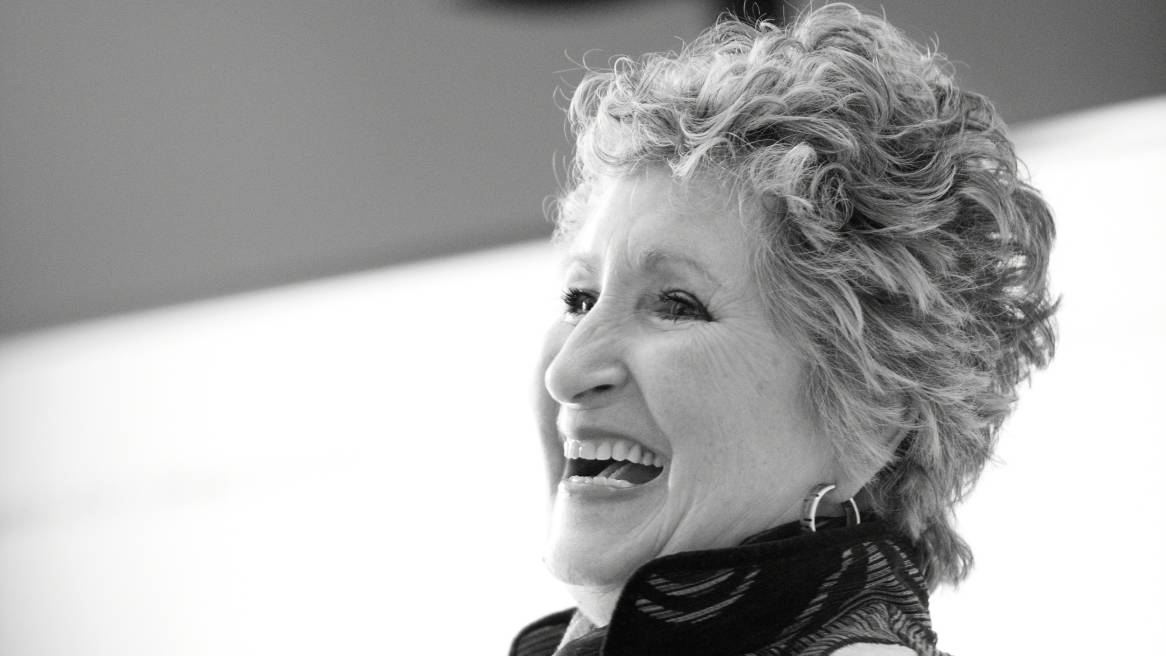A New Learning Curve
A growing body of research and in-classroom experience show that what’s commonly called the “sit and get” style of learning couldn’t be more wrong.
Sit Still
If I had the choice, I’d ban this command heard in schools around the world. Here’s why: A growing body of research and in-classroom experience show that what’s commonly called the “sit and get” style of learning couldn’t be more wrong. In order to keep the brain active, the evidence shows clearly that we need to move.
Movement enhances learning and memory, writes David A. Sousa, educator and author in his book, “Mind, Brain, and Education: Neuroscience Implications for the Classroom” (2010, Leading Edge). Movement brings more fuel-carrying blood to the brain, and the brain is more active when learners move around.
Consider Canadian teacher Allison Cameron, who equipped her high school classroom with exercise bikes and treadmills, and split her language arts classes into 20 minutes each of exercise and teaching. The result: Test scores went up. One 8th grade class improved their writing test scores 245% over a school year. Another 8th grade class, which didn’t exercise and spent the entire 40 minute period on academics, saw its writing scores decline.
Movement allows students to refocus and strengthen their ability to pay attention, report Lengel and Kuczala in “The Kinesthetic Classroom: Teaching and Learning Through Movement” (2010, Corwin). They say that simply allowing students to get out of their seats to move while learning provides the brain with much needed novelty and change.
Businesses are also learning the benefits of movement. The Economist recently reported that “prolonged periods of inactivity are bad regardless of how much time you also spend…jogging or pounding treadmills in the gym. What you need as well, the latest research suggests, is constant low-level activity… even standing up counts, for it invokes muscles that sitting does not.” Companies are helping employees by installing stand-up worksurfaces, treadmill desks and other furniture that encourages the body to move. Yet school administrators don’t seem to have gotten the memo.
John Kilbourne, Ph.D., professor of movement science at Grand Valley State University, Allendale, Mich., is out to change that.
“Students deserve the same environments, if only to prepare them for active workplaces. Why not prepare them for this future with the creation of more active and engaging teaching and learning areas?”
For more than 20 years, Kilbourne taught lecture/discussion courses in a typical classroom setting: thirty to 40 chairs with fixed worksurfaces in neat rows. “You couldn’t change the configuration because of the confined space, time and the other classes before and after mine.”
A professor of the history and philosophy of games and sports, he finally had enough of “the stern and imprisoning structure of fixed desks” and secured some grant funding. He created playful teaching and learning spaces—activity-permissible classrooms, he calls them—that included exercise stability balls and Steelcase Node chairs.
After just one semester, he measured the new classroom’s effectiveness by evaluating his students’ ability to take notes, pay attention and engage in discussion, as well as exam scores. The results were overwhelmingly positive. Plus, 98% of students wanted the mobility options in every class.
The following year Kilbourne added stand-up desks, and last year he brought in turnstone’s new Buoy stools, which tilt up to 12 degrees and promote active sitting. “It has some of the characteristics of a stability ball, but it’s much sturdier,” he says.
“Most learning throughout history has been active, not sitting in one place. I can’t think of a class where it wouldn’t be beneficial to have an activity-permissible classroom, especially when you want students to work with each other.”
98% of students want the mobility options in every class.

Director of Education Environments for Steelcase Education
I’ve spent years researching educational environments and have seen the insides of more classrooms than I can count. My passion, and my job, is helping people understand the behaviors that come from different environments, and creating classrooms that truly support new ways of teaching and learning. Email me at: lscottwe@steelcase.com
Students aren’t the only ones to benefit. Movement provides teachers and students with a stimulating environment, according to Lengel and Kuczala. Instructors’ brains seek novelty and change, too.
All of us—the administrators, instructors, designers and researchers who plan and manage learning spaces—should help equip classrooms with furniture that moves and encourages movement.
Students have a responsibility to be self-disciplined, to focus and stay on task, but we create environments that engage, motivate and stimulate students, or leave them bored and restless.
Please join our movement.


